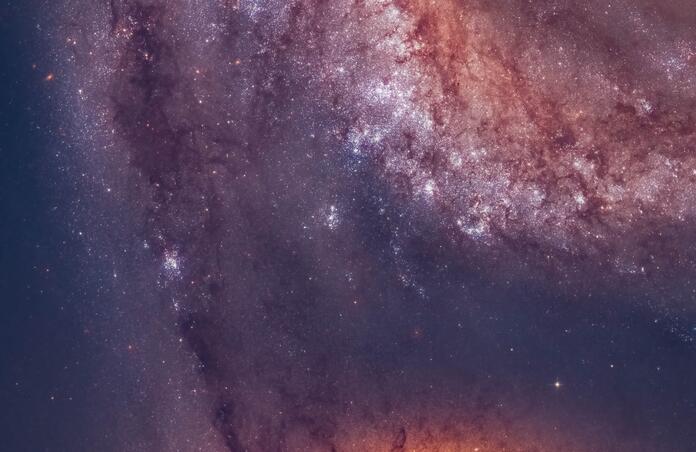Astrophotography Image Processing: Cropping

Cropping is the technique of selecting and extracting a rectangular portion of the image and discarding the rest.
This rectangular piece then represents the entire image.
It is useful to eliminate imperfect edges, color bleed due to registration, and satellite trails (if they aren’t close to the object of interest).
More often, it is used to change the composition of an image. It acts as a zoom. The position doesn’t have to be centered.
For example, you can zoom in on the arms of M51 to isolate the interaction of the tidal forces of the two galaxies.
Or, isolate the Trapezium Cluster in the Orion Nebula, M42.
It is not as clean as doing it in-camera, but it will the composition and presentation. You can go back through previous images and make an entirely different photo.
The only problem with cropping is that it makes the image dimensions smaller, and therefore the resolution and detail suffer.
But Topaz Gigapixel AI will fix that.
This third-party software enlarges the original image dimensions. In its latest version, it can increase it by 6x. That’s impressive! What is even more amazing is that the intelligent algorithms do it so cleanly.
So on a rainy night on TelescopeLive, go back and make some brand new pictures from what you have already in your archive.
#### 13MAY2021
Image: Hubble Legacy Archive Data Set of the Whirlpool Galaxy processed by contributor
This blog post was originally published in our Telescope Live Community.
The Community represents Telescope Live's virtual living room, where people exchange ideas and questions around astrophotography and astronomy.
Join the conversation now to find out more about astrophotography and to improve your observation and post-processing skills!
